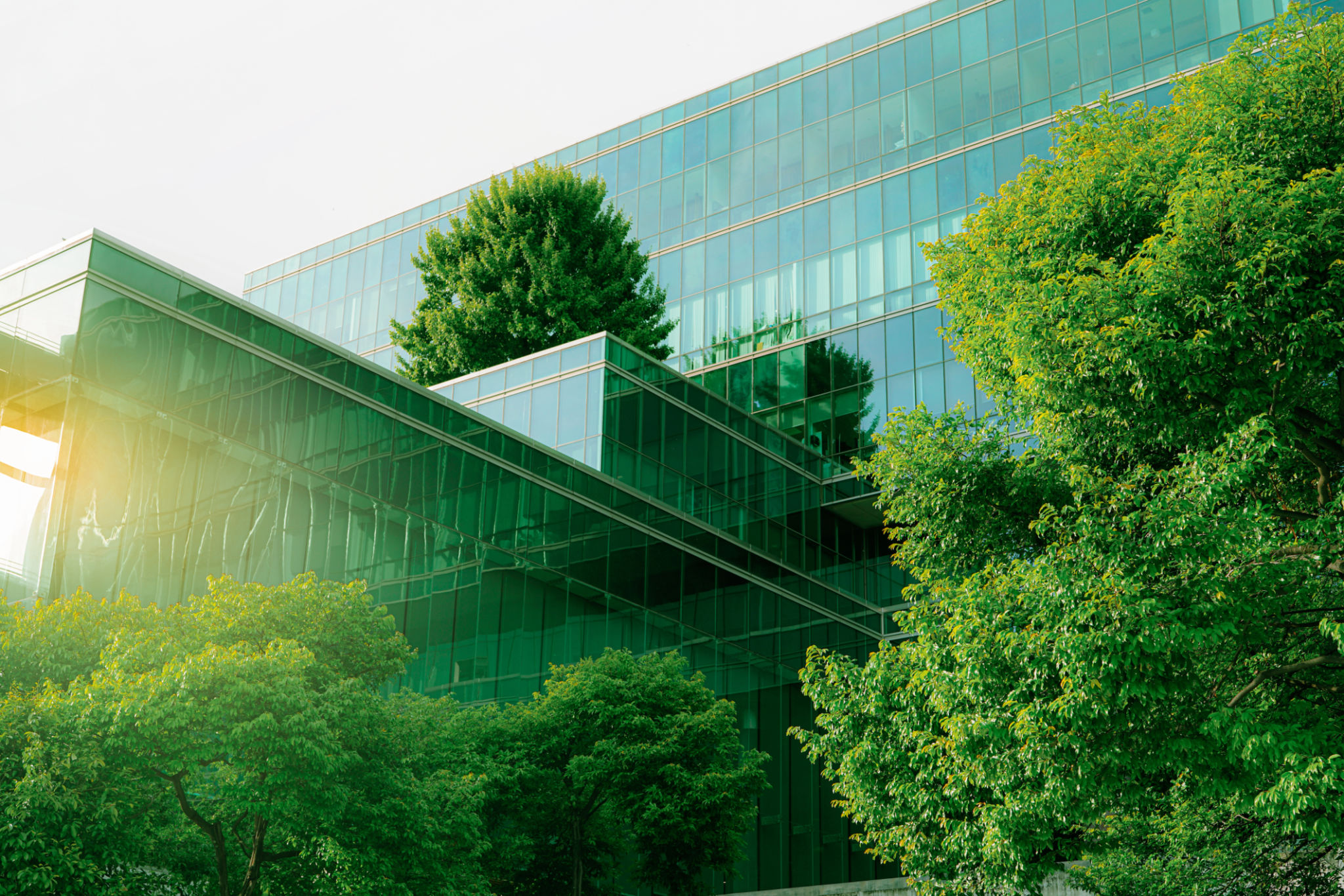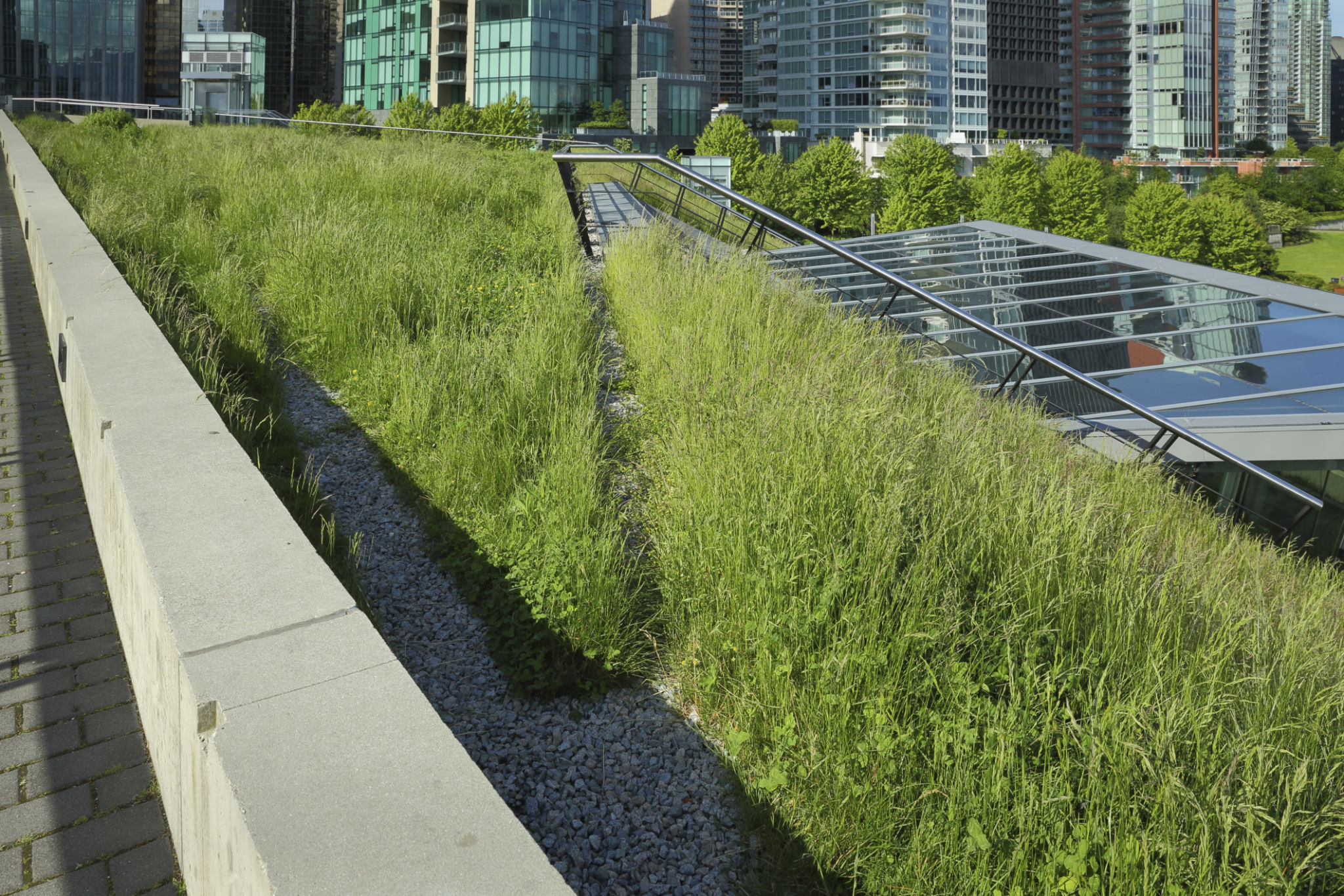Sustainable Building Practices: A Case Study from Lisbon
Introduction to Sustainable Building Practices
In recent years, the construction industry has seen a significant shift towards sustainability. As environmental concerns rise, architects and builders are adopting practices that minimize ecological impact. One city leading this charge is Lisbon, where innovative sustainable building methods are being implemented with remarkable success.

The Green Transformation of Lisbon
Lisbon has become a beacon of sustainable building practices, showcasing how urban centers can evolve without compromising the environment. This transformation is driven by a combination of government policies, technological innovation, and community engagement. By prioritizing the use of renewable materials and energy-efficient designs, Lisbon has set a new standard for sustainable urban development.
One notable initiative is the city's commitment to using locally sourced materials, reducing the carbon footprint associated with transportation. This approach not only supports the local economy but also ensures that buildings are more in harmony with their natural surroundings.
Innovative Building Techniques
Several innovative techniques have been employed in Lisbon's sustainable buildings. One such method is the integration of green roofs, which not only improve insulation but also contribute to urban biodiversity. These roofs are designed to support vegetation, helping to absorb rainwater and reduce heat in the summer.

Another technique gaining popularity is the use of cross-laminated timber (CLT). CLT is a sustainable building material that offers structural strength comparable to steel and concrete, but with a significantly lower environmental impact. By utilizing CLT, developers in Lisbon can create sturdy, eco-friendly buildings without sacrificing aesthetics or safety.
Energy Efficiency and Renewable Energy
Sustainable building practices in Lisbon also emphasize energy efficiency. Many new buildings are equipped with advanced insulation systems and energy-efficient windows that help to regulate indoor temperatures naturally. This reduces reliance on artificial heating and cooling systems, significantly lowering energy consumption.

The adoption of renewable energy sources is another key aspect. Solar panels have become a common feature on rooftops across the city, transforming sunlight into clean energy. Additionally, some buildings incorporate geothermal heating systems, which utilize the Earth’s natural heat to provide warmth during colder months.
Community Involvement and Education
A crucial component of Lisbon's success in sustainable building practices is community involvement. Educational programs and workshops have been introduced to raise awareness about the benefits of eco-friendly construction methods. By engaging residents and local businesses, the city fosters a culture of sustainability that extends beyond individual projects.
Community gardens and urban farming initiatives are also being encouraged, allowing residents to participate in green practices directly. These programs not only promote environmental responsibility but also enhance community cohesion and improve quality of life.
The Impact and Future Prospects
Lisbon's commitment to sustainable building practices has had a profound impact on its ecological footprint. The city's air quality has improved, and energy consumption has decreased significantly. This success serves as an inspiring model for other urban centers worldwide looking to implement similar initiatives.

As technology continues to advance, Lisbon is poised to further enhance its sustainable building efforts. With ongoing research into new materials and techniques, the city remains at the forefront of environmentally conscious construction. The future holds promising possibilities for further innovation and collaboration in creating a more sustainable world.
